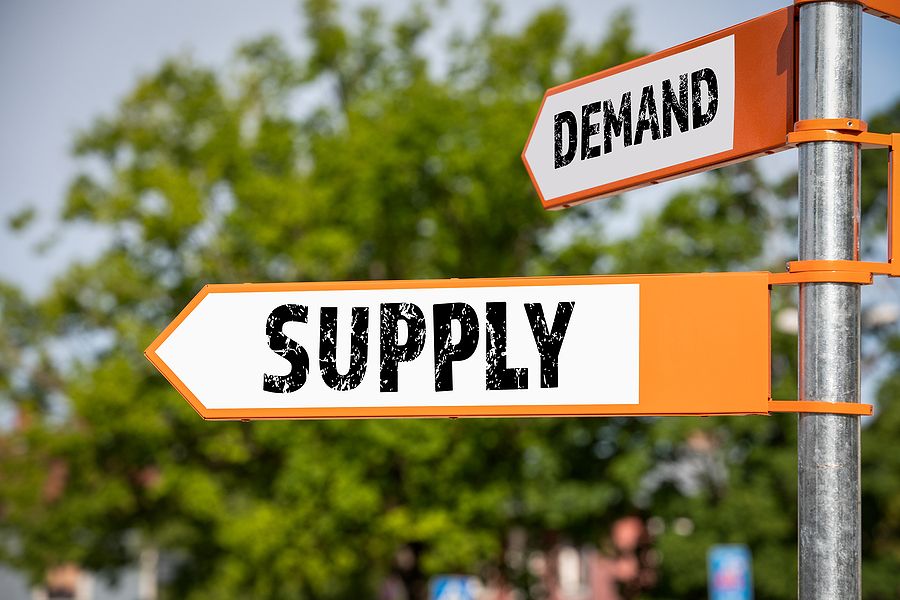Supply and Demand. The first lesson of Economics, or at least I remember it that way. The most important lesson of economics as I remember it.
Maybe I’m remembering it wrong, but I think the issues of the supply and demand of labor need to be reinforced when we think about anything and everything that is going on in our world. And one of those things is union activity.
The issues at Starbuck, Amazon, UPS… the list goes on and on about union organization and in the media seems on the surface to be about wages, benefits, and the overall treatment of workers. As Jillian pointed out in our last post, People want to be valued and listened to. They need to feel like they have some sense of control over their lives, and that includes at work. Many employers don’t offer that. When people don’t have this at work, they aren’t happy.
But none of that matters from a union sense if only one person feels that way. Many people have to feel that way. And when many people feel that way and there aren’t enough people to go around to fill the demand for labor, they have power. Or in union terms, they have “collective bargaining” power.
And right now, there aren’t enough people to go around to fill jobs in many industries both in terms of the actual number of human beings available and or in terms of a desire to work in certain jobs or industries. And it is only going to get worse.
Typically, this issue of supply and demand for labor is measured by the number of job openings compared to the number of available workers. According to the Bureau of Labor Statistics, there have been more job openings compared to unemployed people since May 2021. In January 2023, there were almost twice as many job openings as there were unemployed people in the United States according to this BLS data.
This challenge is not unique to the United States. Boston Consulting Group’s The Global Workforce Crisis- $10 Trillion at Risk highlights the differences in labor supply and demand by country (both Germany and Japan are experiencing particularly acute issues with labor supply). Whereas some countries are currently experiencing a higher level of supply than demand, the piece emphasizes that by 2030 most countries will experience labor shortages. BCG postulates that this issue could result in $10 Trillion in GDP not created.
So, when there is more of a demand for labor than there is supply, employers better pay attention. We would hope they don’t have to pay attention because they are treating people like people. But when they aren’t, the most important law of economics will bite you. Workers will all leave and go someplace else, because someone else needs them, because there are more jobs than people available to fill them.
We can be distracted by the media saying artificial intelligence (AI) is going to take over all our jobs, but the data doesn’t show this. We may need to retool ourselves for the jobs of the future, and that may be where employers need to be focused to not only help with labor supply issues but also to employee engagement issues. Both impact union activity.
What are you doing to impact labor supply and union activity?



